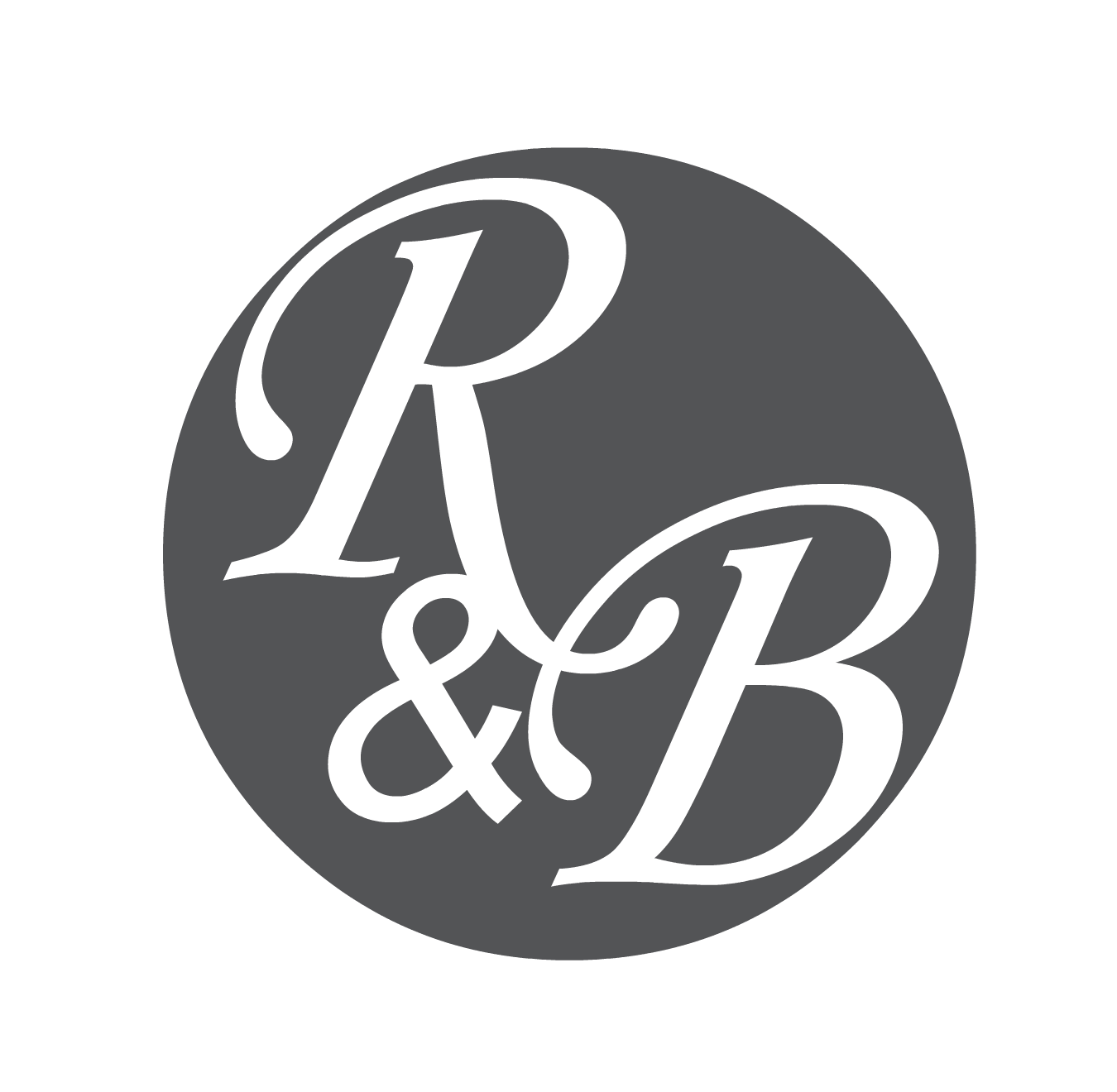When I first moved to Vietnam for work, I was excited but also nervous. It was my first time working in a completely different culture, and I quickly realized that the diversity I was encountering wasn’t just cultural—it was generational too. For the first time in my career, I was working closely with colleagues from various age groups, each with their own distinct perspectives, work habits, and expectations. This experience was both challenging and enlightening, and it forced me to develop new skills, especially in communication and leadership.
In the beginning, I struggled. I had team members who were older and more experienced, and others who were fresh out of school. The older team members were set in their ways, preferring traditional methods of communication and decision-making. They valued hierarchy and expected a certain level of formality. On the other hand, the younger generation was tech-savvy, preferred quick and direct communication, and sought more flexibility in their roles. Balancing these expectations was like walking a tightrope, and I found myself constantly adjusting my approach to keep everyone engaged and productive.
One particular incident stands out to me. I was leading a project where deadlines were tight, and tensions were high. The younger team members were pushing for more digital solutions and quicker turnarounds, while the older ones were skeptical, preferring tried-and-true methods. At first, I tried to impose a one-size-fits-all solution, which only led to frustration on both sides. It was clear that my usual leadership strategies weren’t going to work in this context.
That’s when I came across the concept of G.A.P.S.—Generational Awareness, Adaptability, Perspective Sharing, and Support Systems. These four principles became my guide in navigating the complex generational dynamics within my team.
The first step was Generational Awareness. I made a conscious effort to learn about the different generations in my workplace—their values, their preferred ways of working, and what motivated them. Understanding these differences allowed me to approach each team member with greater empathy and tailor my communication style accordingly. For example, I learned that the older team members valued detailed instructions and in-person meetings, while the younger ones appreciated brief updates and digital communication.
Next, I focused on Adaptability. Instead of sticking rigidly to one management style, I became more flexible in my approach. I began to vary my communication and leadership techniques depending on who I was working with. For the older team members, I provided more structure and clarity, while with the younger ones, I encouraged innovation and quick feedback loops. This adaptability not only improved our work dynamics but also boosted the team’s overall efficiency.
The third principle, Perspective Sharing, turned out to be a game-changer. I created opportunities for the team to share their different perspectives during meetings. By fostering an environment where everyone felt comfortable voicing their opinions, we were able to combine the wisdom of experience with fresh, innovative ideas. This not only enriched our discussions but also led to more creative and effective solutions.
Finally, I realized the importance of Support Systems. I worked on building a workplace culture where support was available for everyone, regardless of their generational background. Whether it was providing additional training for older team members on new technologies or offering mentorship opportunities to the younger ones, these support systems helped bridge the generational gaps within the team. Everyone felt valued and supported, which led to better collaboration and a more harmonious work environment.
Reflecting on my journey, I see how crucial it was to understand and apply the G.A.P.S. framework. It helped me turn a potentially divisive situation into an opportunity for growth, both for myself and for my team. The biggest lesson I learned is that generational differences don’t have to be obstacles; they can be powerful assets when properly managed. By being aware, adaptable, open to different perspectives, and supportive, we can all thrive in a diverse workplace. This experience didn’t just make me a better leader; it made me a better person.

